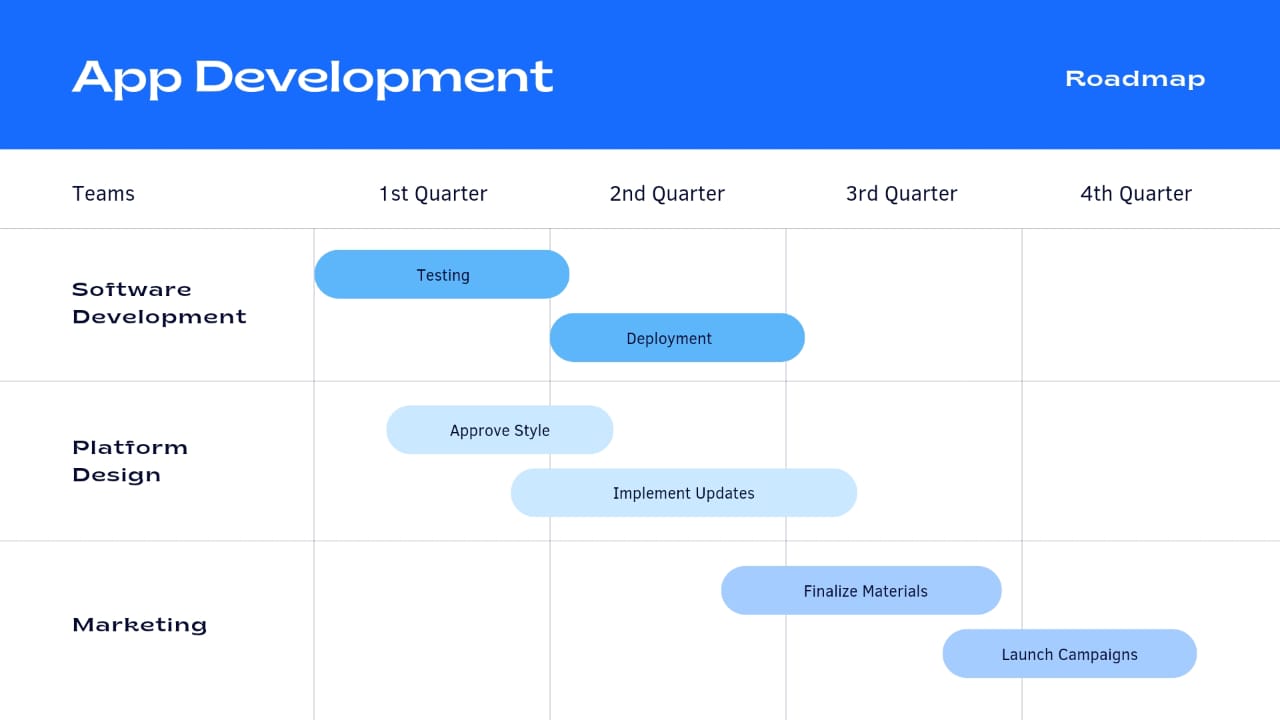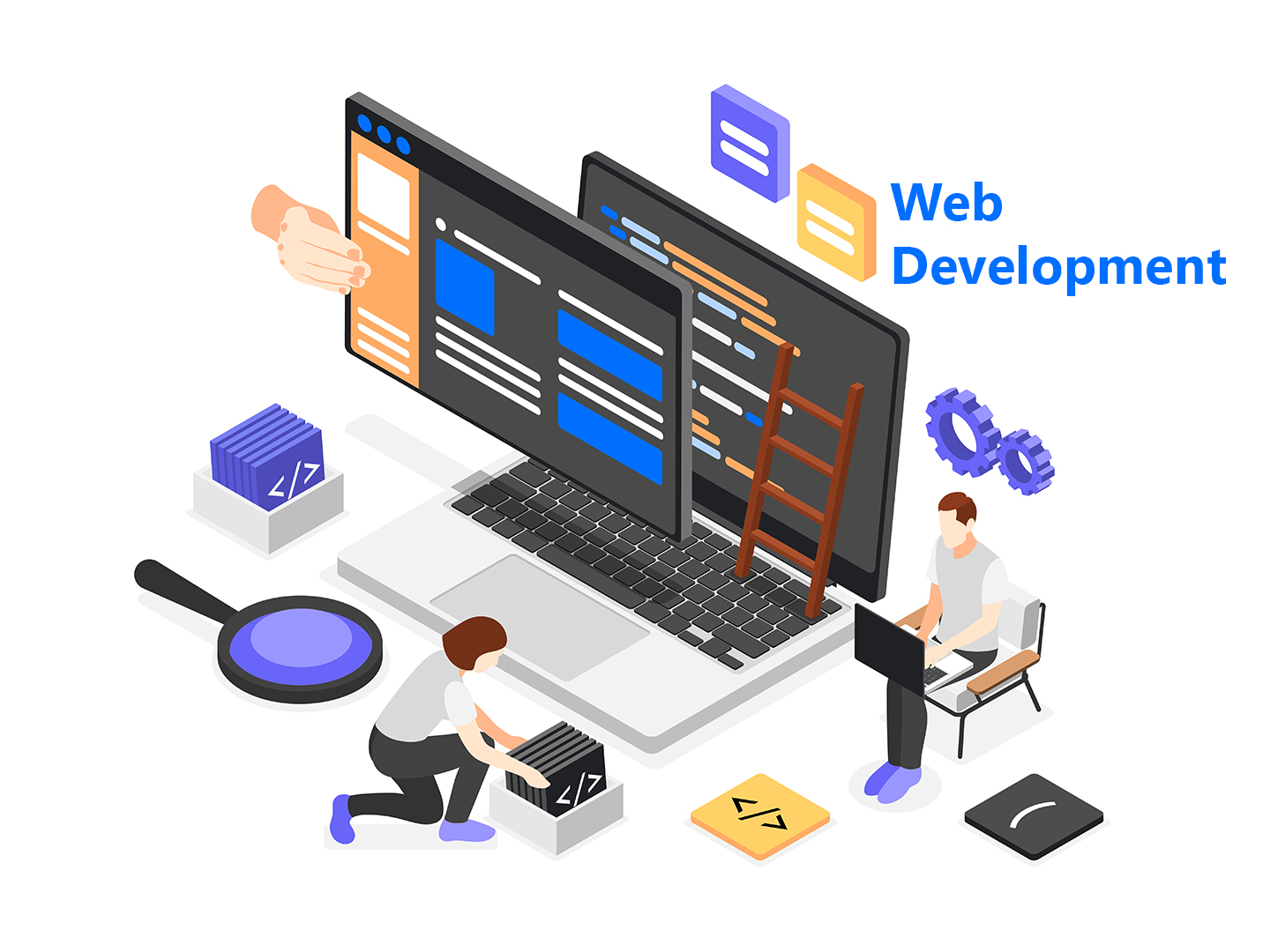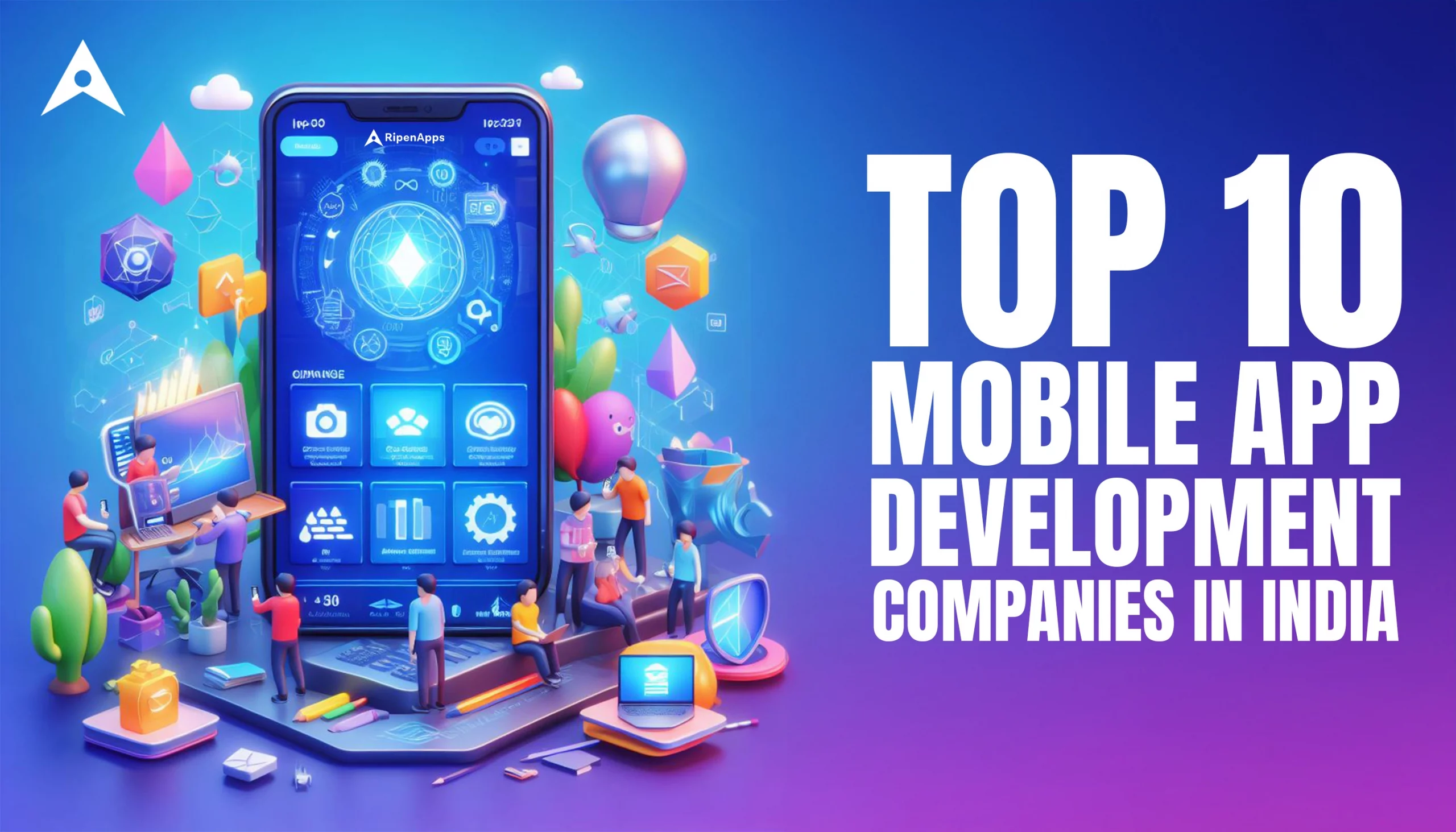
Introduction:
Embarking on the journey of app development can be both exhilarating and daunting.
Whether you're a seasoned developer or a novice entrepreneur, having a clear roadmap is essential for success. In this guide, we'll navigate through the intricate terrain of app
development, from conceptualization to launch and beyond. Let's embark on this
adventure together, armed with insights and strategies to navigate the ever-evolving
landscape of mobile applications.
Phase 1: Ideation and Conceptualization
The first step in any app development journey is ideation and conceptualization. This
phase involves brainstorming ideas, identifying market needs, and defining your app's
purpose and target audience. Conduct thorough market research to understand existing
competitors, user preferences, and emerging trends. Utilize tools like surveys, focus
groups, and interviews to gather valuable insights and validate your app concept.
Remember, a strong foundation in this phase lays the groundwork for a successful app.
Phase 2: Planning and Strategy
Once you have a solid app concept, it's time to delve into planning and strategy. Create a detailed project plan outlining key milestones, deliverables, and timelines. Define the
scope of your app, including features, functionalities, and platform compatibility.
Collaborate with designers, developers, and stakeholders to align expectations and
establish a cohesive vision. Consider factors such as budget, resources, and technology
stack when formulating your app development strategy. A well-defined plan sets the
course for efficient execution and minimizes risks along the way.
Phase 3: Design and Prototyping
Design is a critical aspect of app development that directly impacts user experience and
engagement. During this phase, focus on creating intuitive interfaces, visually appealing
graphics, and seamless navigation. Leverage wireframing and prototyping tools to
translate your ideas into tangible designs. Solicit feedback from beta testers and usability
experts to refine your app's user interface and interaction flow. Pay attention to branding
elements such as color schemes, typography, and iconography to convey your app's
identity effectively. Remember, a well-designed app not only looks good but also enhances usability and fosters user satisfaction.
Phase 4: Development and Implementation
With the design phase complete, it's time to breathe life into your app through
development and implementation. Choose a development approach that best suits your
project requirements, whether it's native, hybrid, or cross-platform development.
Collaborate closely with developers to ensure code quality, scalability, and performance optimization. Implement robust backend infrastructure, APIs, and databases to support
your app's functionality and data management needs. Adopt agile development
methodologies to iterate quickly, address feedback, and adapt to changing requirements. Communication and collaboration are key during this phase to keep the project on track
and overcome any obstacles that may arise.
Phase 5: Testing and Quality Assurance
Testing is a crucial phase in app development that ensures your app meets quality
standards and performs as expected. Conduct comprehensive testing across multiple
devices, platforms, and use cases to identify and address any bugs or issues. Utilize
automated testing tools and manual testing techniques to validate your app's
functionality, usability, and security. Engage beta testers and real-world users to gather
feedback and uncover any usability or performance issues. Prioritize user experience and reliability to build trust and loyalty among your target audience. Remember, thorough
testing is essential to deliver a polished and error-free app to your users.
Phase 6: Deployment and Launch
Congratulations! You've reached the final phase of the app development roadmap –
deployment and launch. Prepare for a successful launch by optimizing your app store listings, including compelling descriptions, screenshots, and promotional materials.
Coordinate with app store administrators to ensure smooth submission and approval
processes. Roll out your app in phases, starting with a soft launch to gather feedback and iterate based on user response. Implement robust analytics and tracking mechanisms to monitor user engagement, retention, and app performance post-launch. Celebrate your
achievements and stay agile as you continue to evolve and improve your app based on
user feedback and market trends.
Phase 7: Post-launch Support and Maintenance
App development doesn't end with the launch – it's an ongoing journey of refinement and optimization. Provide dedicated support channels for users to report issues, seek
assistance, and provide feedback. Regularly update your app with new features,
enhancements, and bug fixes to keep it relevant and competitive in the market. Monitor
app performance metrics and user feedback to identify areas for improvement and
prioritize future development efforts. Cultivate a community of loyal users through
engagement initiatives such as newsletters, social media, and user forums. By staying
responsive and proactive, you can sustain long-term success and drive continued growth for your app.
Conclusion:
The app development roadmap is a dynamic and iterative process that requires careful
planning, execution, and adaptation. By following these key phases and best practices,
you can navigate the complexities of app development with confidence and achieve your
goals effectively. Remember, success lies not only in the destination but also in the
journey – embrace the challenges, learn from setbacks, and celebrate your achievements along the way. Here's to creating innovative, impactful, and unforgettable apps that enrich the lives of users worldwide.
 Best Mobile App Development Company in Delhi NCR | Oprezo India
Best Mobile App Development Company in Delhi NCR | Oprezo India
 Top Web Development Services in Delhi/NCR | Oprezo India – React JS, Angular JS, eCommerce & More
Top Web Development Services in Delhi/NCR | Oprezo India – React JS, Angular JS, eCommerce & More
 Top Mobile App Development Company in Delhi / NCR | Oprezo India
Top Mobile App Development Company in Delhi / NCR | Oprezo India
 Mobile App Development in Delhi - Android, iOS, Hybrid & Flutter | Oprezo India
Mobile App Development in Delhi - Android, iOS, Hybrid & Flutter | Oprezo India
 Why Oprezo India is the Best Web Development Partner in Delhi NCR?
Why Oprezo India is the Best Web Development Partner in Delhi NCR?